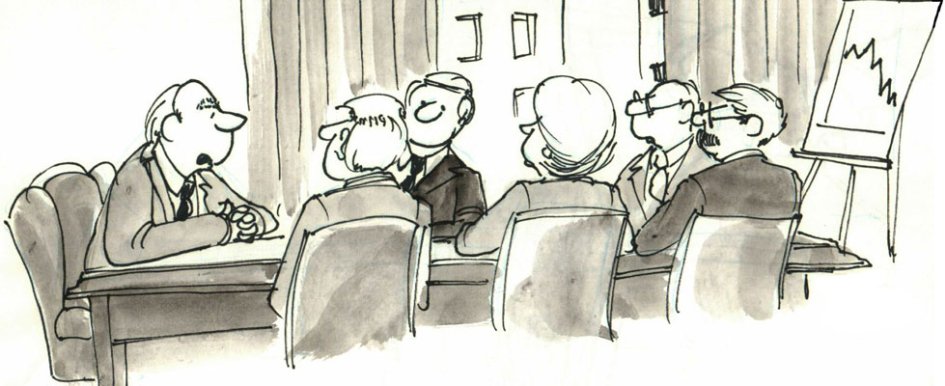
While it seems like an eternity ago, there was once a world without masks and gobs of hand sanitizer. It seemed then that businesses were thriving, and one of the biggest challenges in those days was simply finding people to handle the backlog — but not all businesses were thriving. After careful observations of the built community over the last 2 to 3 years, I have identified the eight points below, which examine some of the common misconceptions, mistakes and challenges that have had a detrimental effect on construction organizations in recent times.
1. Software will solve the problem
Billions of dollars flood the construction industry annually in tech space. Whether it’s job costing tools, project management software, client relationship management solutions, or even drone tech, there is no shortage of amazing advances. If owning a tool was the secret to success, there would be millions who, simply by virtue of owning a treadmill, should be skinny as a rail. Tools require training, adoption, integration and long-term behavioral change to be successful.
2. A great project manager will make a great business unit manager
There is an age-old myth that a great craftsperson will automatically become a great foreman, even though the required skill sets are completely different.
The same could be said about promoting a project manager to operations manager. Running projects and leading people who run projects are completely different. This is not to say this logical progression will fail, but there are few instances in which it works organically with little to no proactive development.
3. Leadership has lost their drive
There are 65-year-old chief executive officers (CEO) who have more drive and motivation than some younger individuals, so this is hardly an age indictment. The point is that every person has their own glide path.
Often, leadership can settle in and become complacent as they approach the swan song of their career. Organizations do not need to be young or old, they need real leaders willing to do the right things for their business — there can be little tolerance for lack of drive or leadership, regardless of the times.
4. Being a family & having accountability are mutually exclusive
“We are becoming too corporate — we used to be a family.” What does this even mean? There is a misconception that if a firm instills guardrails and accountability, it is becoming a bastion of corporate gridlock, shedding the beautiful image of the idyllic family business. However, in just about every family, there are rules. If a spouse forgets to take out the trash or do the dishes, there are ramifications. Do not confuse, “We don’t like structure and rules,” with, “We used to be a family.” Plenty of large organizations have maintained their collegial environments while holding teammates accountable.
5. Being in a family naturally means you are at the top of the organizational chart
For many organizations, a last name means everything. Third-, fourth- and fifth-generation organizations abound in the industry and maintaining that legacy is one of their core tenets.
However, not every family member has the ability or desire to accept the mantle of leadership. What does the firm think of that individual? Have they earned an opportunity or are they simply getting a shot because they are related
to the boss? Has a lack of diversity hindered or stunted the firm’s growth because it is not willing to look outside the gene pool?
6. Compensation systems solve everything
Throwing money at problems never works. Sure, there are broken compensation systems but in a frenetic market, raises and bonuses are thrown around with reckless abandon to retain or attract top talent. Many companies think they are underpaying their associates when they are actually already receiving pay that is higher than industry standards. In a firm where there is flight, do not always assume the comp system is the problem. The actual root cause of attrition here may be a cultural, leadership or strategic issue. Much like trying to get toothpaste back into the tube, in the end, it isn’t easy to get those compensation systems back in line.
7. Starting a project is more important than finishing
Sacrificing the end for the beginning is an industry flaw that has plagued firms for decades. Projects enter that critical stage where punch lists and documentation are at a fever pitch and resources are shuffled to newer projects. The second team is left to sort out the pieces and bring closure. However, customers feel this shift, leading to a poor finish, and ultimately, negative sentiment toward the contractor. Should a firm bring in the rookie who’s never thrown a pitch, or the greatest closer in baseball history in the final inning of the game?
8. Finding the next big thing is too much to take on in a record year
Who leaves a hot table in Las Vegas? The smart person, that’s who. This is not about investing in some foolhardy expedition, but rather leveraging a strong market before any shift occurs. When the market does move, consider the players who scramble to find the next big thing. Hindsight is 20-20, but look at who is thriving right now. Most of those contractors didn’t enter the game late, but, rather, they invested early, using the chips from their winnings to plant the seeds of future success.
All firms will undoubtedly encounter a few “uh-oh” moments in their time. There is no recipe for perfection, nor is there any guarantee of success based on historical precedent. Keep in mind these eight misguided thoughts when planning for the future success of your business.
